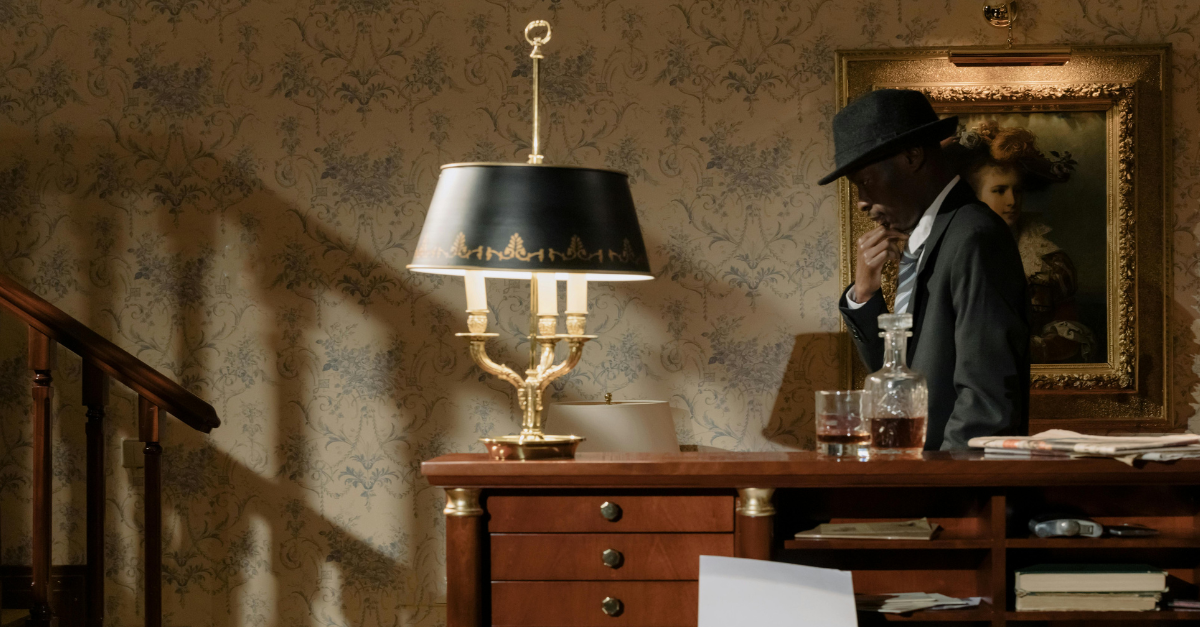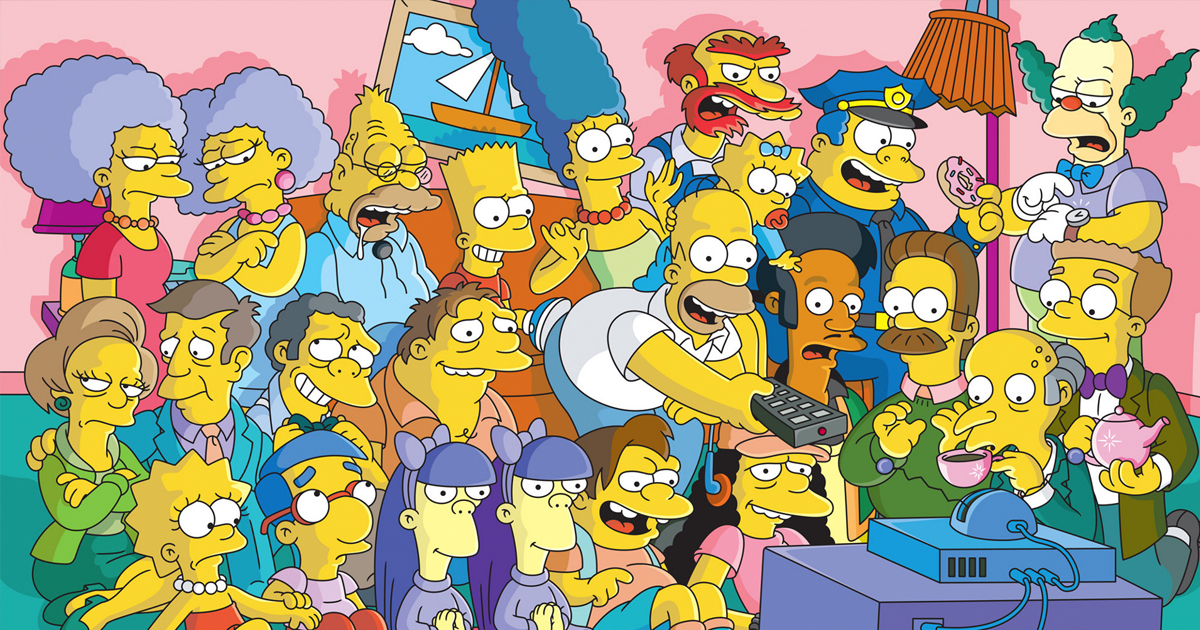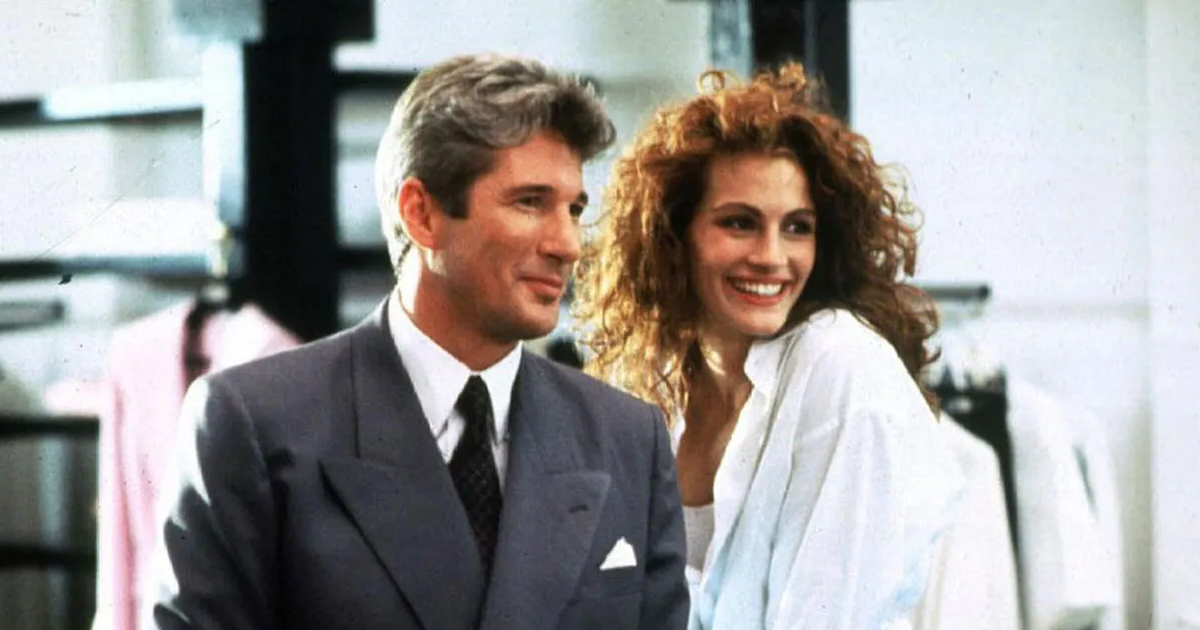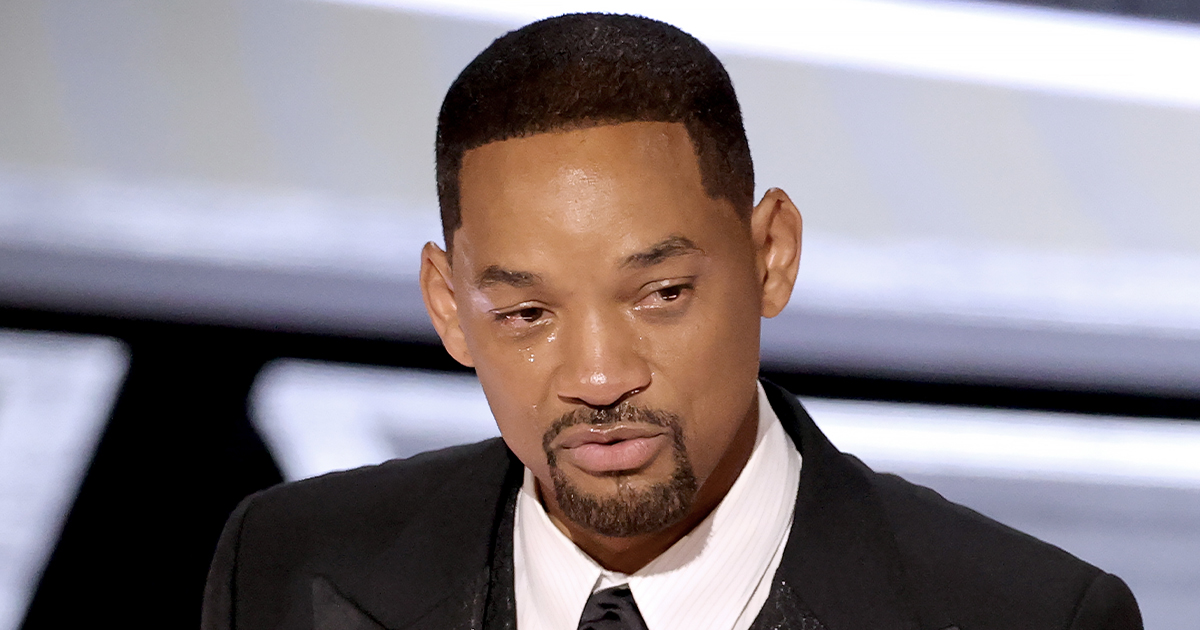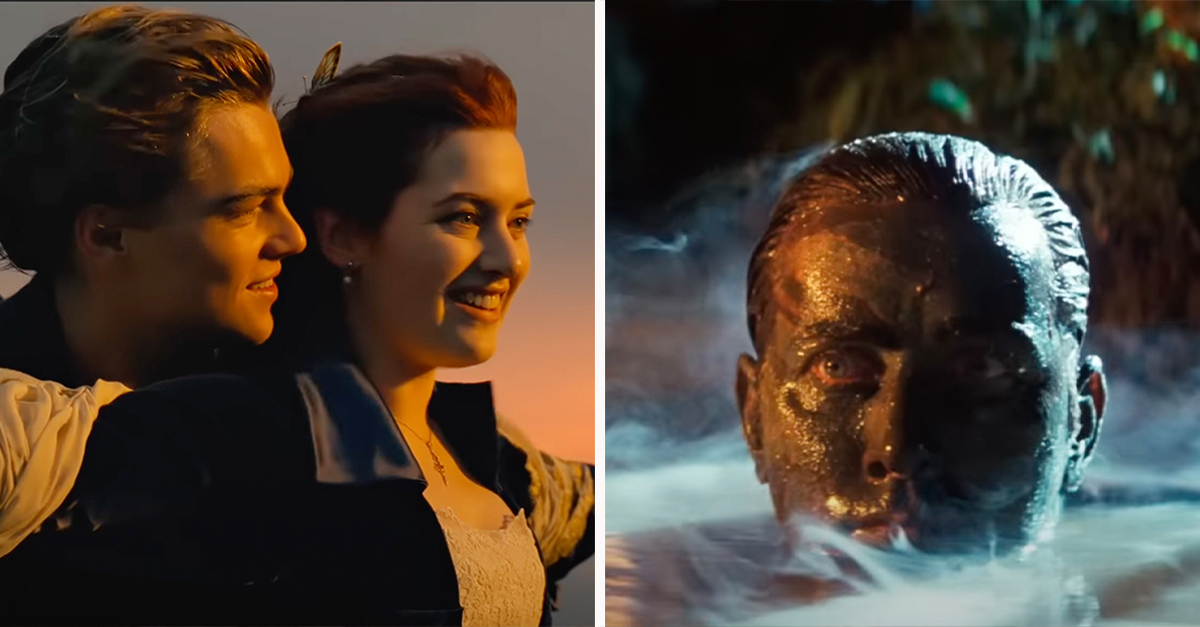The Best Things Undercover
From martini-sipping agents to bumbling operatives, spy movies have given us thrills, laughs, and more car chases than logic allows. Mixing glamour, danger, and betrayal with a dash of absurdity, they prove espionage is never dull. Here’s a look at the most iconic spy films ever—the ones that defined the genre, flipped it upside down, or poked fun at it with style.
 North By Northwest (1959)
North By Northwest (1959)
Alfred Hitchcock’s masterpiece isn’t just a spy movie—it’s spy cinema’s quintessential cocktail, shaken and stirred with mistaken identity and stylish peril. Cary Grant is every man suddenly swept into a conspiracy, pursued in the Cornfields, mistaken for a spy, and finally facing off at Mount Rushmore.
 Metro-Goldwyn-Mayer, North by Northwest (1959)
Metro-Goldwyn-Mayer, North by Northwest (1959)
Burn After Reading (2008)
This one takes espionage and drops it into the blender with black comedy, absurd misunderstandings, and characters who are spectacularly bad at what they think they’re doing. The plot starts when two gym employees find what they believe are CIA secrets—chaos and hilarity ensue. It’s less about high-stakes cloak-and-dagger and more about how ordinary people blunder into those shadows.
 Focus Features, Burn After Reading (2008)
Focus Features, Burn After Reading (2008)
The Conversation (1974)
Gene Hackman is haunting as Harry Caul, a surveillance expert whose moral compass and nerves are frayed by the very tools of his trade. This film isn’t about explosions or high-speed chases; it’s about paranoia, guilt, and the heavy weight of listening in. It’s subtle, cerebral espionage, the kind that gives you chills by how quietly it builds dread.
 Paramount Pictures, The Conversation (1974)
Paramount Pictures, The Conversation (1974)
Army Of Shadows (1969)
Here’s a film that treats spy work as something neither glamorous nor easy: French Resistance fighters operating in the shadows, always at risk, always sacrificing. The mood is grim, the stakes deeply human, and the tension ever-present. The film gives you a portrait of courage and quiet despair, the sort that lingers after the credits roll.
 Valoria Films, Army of Shadows (1969)
Valoria Films, Army of Shadows (1969)
Notorious (1946)
Classic Hitchcock again, blending romance, suspense, and espionage into a smoky cocktail. Ingrid Bergman plays a woman who enters a world of seduction and secrets, working for Cary Grant’s Devlin to infiltrate a gang in South America. There’s love, betrayal, moral compromises, and the tension that builds when affection and duty collide.
 RKO Radio Pictures, Notorious (1946)
RKO Radio Pictures, Notorious (1946)
No Way Out (1987)
This is political spy-thriller territory with a twist: an affair leads to murder leads to cover-ups in the Pentagon. Kevin Costner’s character finds himself in a labyrinth of lies and suspicion when evidence starts piling up, and you’re never quite sure who’s telling the truth. The tension ratchets up relentlessly, culminating in an ending that will leave your jaw on the floor.
 Orion Pictures, No Way Out (1987)
Orion Pictures, No Way Out (1987)
Tinker Tailor Soldier Spy (2011)
Cold War gloom, sofas, tea, and betrayal at the highest levels of British intelligence. Gary Oldman leads an ensemble cast trying to unmask a mole in MI6 in this slow-burn espionage puzzle. It’s atmospheric, meticulous, and beautifully acted—proof you don't need constant action to keep you riveted.
 Focus Features, Tinker Tailor Soldier Spy (2011)
Focus Features, Tinker Tailor Soldier Spy (2011)
The Spy Who Came In From The Cold (1965)
A masterclass in moral ambiguity and the cost of loyalty. Richard Burton plays a spy given one last job: betray, deceive, survive. The film is bleak, clever, and unflinching about what spies lose along the way—trust, innocence, sometimes even their own sense of self.
 Paramount Pictures, The Spy Who Came In from the Cold (1965)
Paramount Pictures, The Spy Who Came In from the Cold (1965)
Three Days Of The Condor (1975)
Imagine going out for lunch and coming back to find your whole office wiped out. That’s what happens to Robert Redford’s CIA analyst in this thriller. Faye Dunaway helps him navigate a conspiracy bigger than either of them, and the movie keeps going until you're sweating.
 Paramount Pictures, Three Days of the Condor (1975)
Paramount Pictures, Three Days of the Condor (1975)
On Her Majesty’s Secret Service (1969)
George Lazenby may have only appeared once as Bond, but he made it count. This entry has skiing chases, dramatic romance, and emotional stakes you actually care about (yes, even for a Bond film). Diana Rigg’s Bond bride is memorable, the score is lush, and the ending is bittersweet—it shows that even 007 can’t always walk away clean.
 United Artists, On Her Majesty’s Secret Service (1969)
United Artists, On Her Majesty’s Secret Service (1969)
Mission: Impossible—Fallout (2018)
Everything about this film screams “spy movie on uppers.” Tom Cruise performs stunts that make you gasp, the pacing is breakneck, and the plot twists are plentiful. And yet through all the chaos there’s real emotion, real betrayal, and the kind of moral ambiguity that keeps the genre interesting.
 Paramount Pictures, Mission: Impossible – Fallout (2018)
Paramount Pictures, Mission: Impossible – Fallout (2018)
The Bourne Identity (2002)
This one redefined modern action-espionage: gritty, visceral, emotionally grounded. Matt Damon wakes up with no memory and must piece together who he is while being chased by people who want him gone. From car chases to hand-to-hand combat, it’s full of the kind of kinetic sequences that shifted how spy movies are made.
 Universal Pictures, The Bourne Identity (2002)
Universal Pictures, The Bourne Identity (2002)
Casino Royale (2006)
Daniel Craig’s first turn as Bond reboots the series with a harder edge, but doesn’t let go of the glamour. There’s the high-stakes poker, the romantic tension, villains who are more than just mustache-twirlers, and a hero who bleeds both literally and figuratively. The blend of emotional stakes with spy spectacle makes this one stand out.
 Sony Pictures Releasing, Casino Royale (2006)
Sony Pictures Releasing, Casino Royale (2006)
The Hunt For Red October (1990)
Submarines, Cold War paranoia, and the tension of whether someone can be trusted. Sean Connery plays a Soviet captain, Alec Baldwin a CIA analyst; the game of cat-and-mouse occurs under the sea and in diplomatic shadows. It’s technical, smart, and suspenseful—espionage as chess with torpedoes.
 Paramount Pictures, The Hunt for Red October (1990)
Paramount Pictures, The Hunt for Red October (1990)
Enemy Of The State (1998)
Modern surveillance meets old school paranoia. Will Smith’s character accidentally gets caught up in a web of government spying after discovering something he shouldn’t have. High tech, high stakes, and full of chase scenes, it taps into fears of being watched—even when you think you're alone.
 Touchstone Pictures, Enemy of the State (1998)
Touchstone Pictures, Enemy of the State (1998)
Munich (2005)
A film that shows the after-effects of danger more than the danger itself. When Mossad agents are assigned missions to avenge a tragedy, what follows is ethical quagmire after quagmire. Spielberg’s direction gives the film a weighty heart; this is espionage with philosophical regrets.
 Universal Pictures, Munich (2005)
Universal Pictures, Munich (2005)
The Imitation Game (2014)
Alan Turing is the spy you don’t expect, spending his life cracking codes, fighting his own government’s prejudices, and hiding secrets in more ways than one. There’s the tension of intelligence, but also personal stakes—shame, secrecy, and love in a world that demands silence. It’s enlightening, heartbreaking, and ultimately inspiring.
 The Weinstein Company, The Imitation Game (2014)
The Weinstein Company, The Imitation Game (2014)
Bridge Of Spies (2015)
Diplomacy as spy craft: this isn’t about black ops so much as negotiation, honor, and what happens when you send one man into the lion’s den. Tom Hanks plays a lawyer negotiating between the US and Soviet Union, in a case that could spiral into serious consequences. The pacing, the acting, the moral weight—it’s all there.
 20th Century Fox , Bridge of Spies (2015)
20th Century Fox , Bridge of Spies (2015)
BlacKkKlansman (2018)
Undercover doesn’t always mean international agents; sometimes it means infiltrating hatred and prejudice. Set in 1970s Colorado, Ron Stallworth (John David Washington) goes deep into the Ku Klux Klan. It’s a spy story with urgency, social commentary, and a biting sense of humor. Trust, identity, and courage aren’t so much gadgets here as convictions.
 Focus Features, BlacKkKlansman (2018)
Focus Features, BlacKkKlansman (2018)
Spy (2015)
Melissa McCarthy’s take on the spy genre is both homage and roast. She goes from desk jockey to field agent reluctantly, hilariously, skillfully. It’s fun, full of action, but the emotional payoff—watching someone surprise themselves—is what elevates it above mere parody.
Black Bag (2025)
This more recent entry threads domestic life and espionage together, which makes the spy games feel both glamorous and dangerous. Two married agents, secrets between them, and suspicion within their ranks—it’s marriage meets mythic spy tropes. The chemistry between the leads and the moral ambiguity make it more than just stylish action.
 Focus Features, Black Bag (2025)
Focus Features, Black Bag (2025)
Austin Powers: International Man Of Mystery (1997)
Because sometimes you need spies to be ridiculous. Mike Myers turns the 1960s-spy aesthetic into a comedic riot: groovy clothes, absurd gadgets, and double entendres. The spoof parts are funny, but underneath there’s affection for what makes spy films fun in the first place—style, swagger, and those impossible escapes.
 New Line Cinema, Austin Powers: International Man of Mystery (1997)
New Line Cinema, Austin Powers: International Man of Mystery (1997)
Source: 1

